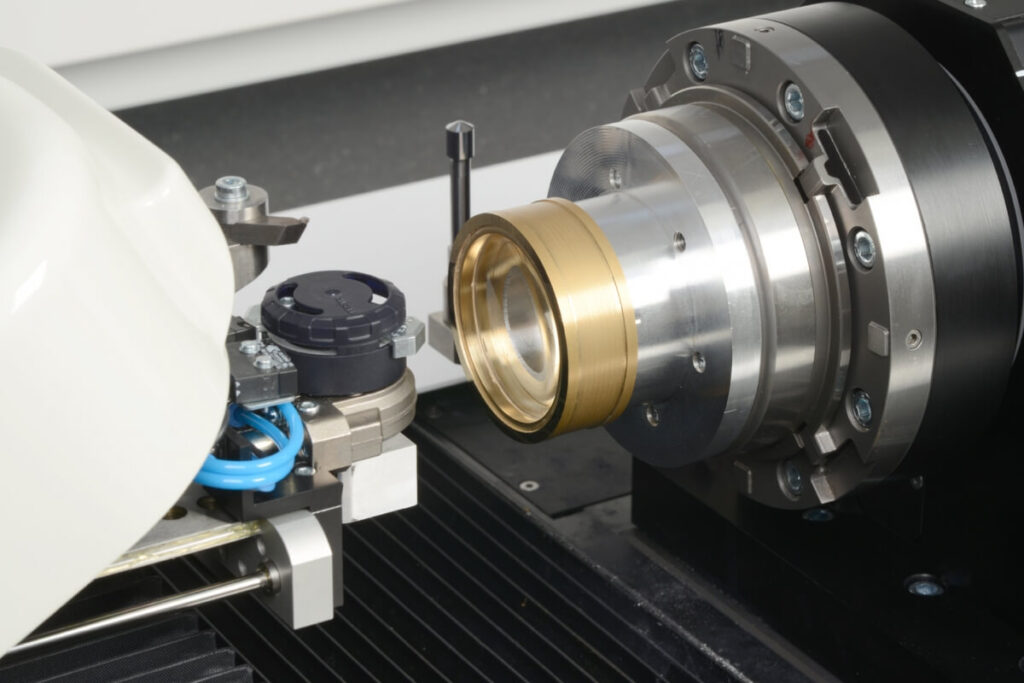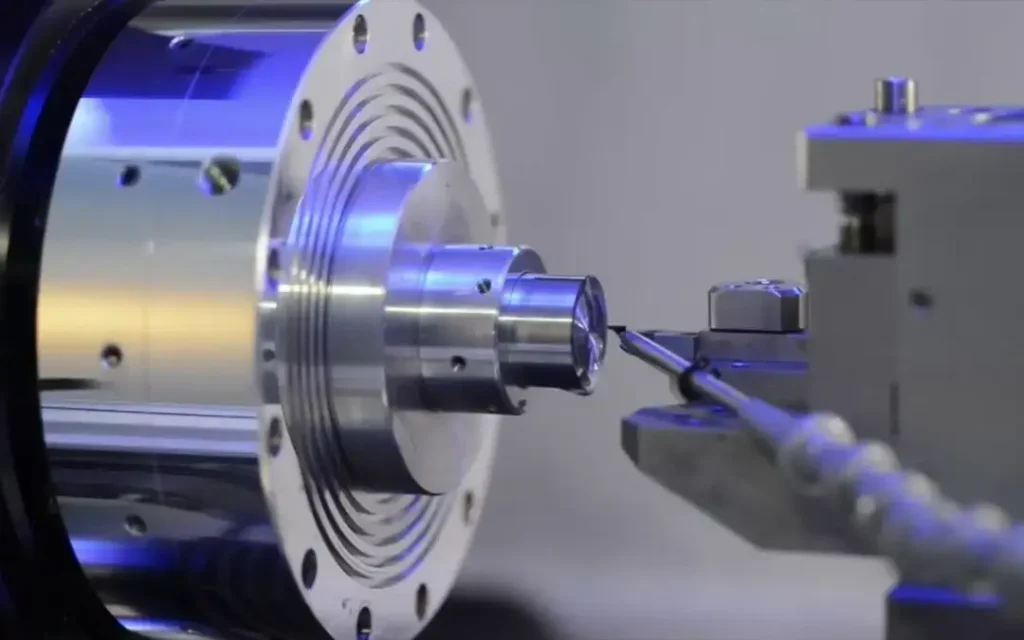A comprehensive look at ultra precision machining
Welcome to the world of precision manufacturing, where every part of a millimeter counts and perfection is the standard. In the world of modern manufacturing, one technology stands out for the unparalleled precision and quality it offers – ultra precision machining. In this comprehensive guide, we’ll explore the critical role ultra precision machining plays in today’s manufacturing industry.
1.The foundation of ultra precision machining
1) The essence of precision
Manufacturing precision is the foundation of quality and performance. Products are becoming more complex and the tolerances required are becoming tighter. This is where ultra precision machining (UPM) shines. UPM involves technologies and processes that enable exceptional precision and accuracy in the manufacture of a wide range of components.
2) Defining ultra precision machining
What sets ultra precision machining apart from traditional machining techniques is its relentless pursuit of perfection. The tolerances and surface finishes of its machining processes reach micrometers or even nanometers. These levels of precision are critical in the industry, where even the smallest deviations can have a significant impact.

2.The versatility of ultra precision machining
One of the main advantages of ultra precision machining is its versatility. It is used in a variety of industries, each with unique requirements for precision.
1) Electronics Industry
There is a growing demand for smaller and more powerful electronic devices. UPM plays a key role in the manufacture of precision components for smartphones, laptops, and other electronic products. From microchips to connectors, UPM ensures the reliability and performance of these devices.
2) Medical Device Manufacturing
In the medical field, precision is a matter of life and death. UPM plays an important role in the production of medical devices ranging from pacemakers to surgical instruments. It guarantees the highest levels of accuracy and safety.
3) Aerospace and Defense
In the aerospace and defense field, every micron counts and ultra precision machining is indispensable. Aircraft components, missile guidance systems, and satellite components all benefit from the precision that UPM provides.
4) Optics and Photonics
Ultra precision machining is the backbone of the optics and photonics industry. It is responsible for the manufacture of lenses, mirrors, and prisms used in a variety of devices, from microscopes to advanced imaging systems.
5) Future Materials
As technology advances, the demand for materials with specific properties is growing. UPM has driven innovation in materials science, developing advanced materials such as superalloys, composites, and special ceramics. Once considered impractical, these materials are now the backbone of modern manufacturing.

3.The Art of Precision
UPM relies on state-of-the-art precision tools and machines. Computer numerical control (CNC) machines equipped with high-precision spindles and cutting tools are the workhorses of the industry. They are able to machine parts with extremely high precision.
1) Material Selection
Material selection is a critical decision at UPM. The material’s machinability, thermal stability, and ability to hold tight tolerances are all factors considered during the selection process. Common materials include stainless steel, titanium, ceramics, and advanced polymers.
4.Quality Assurance in Ultra Precision Machining
1) The Importance of Metrology
Metrology is a science of measurement that is at the heart of UPM. It involves the use of advanced measurement techniques and tools, such as coordinate measuring machines (CMMs) and optical profilers, to ensure that every machined part meets its specifications.
2) Real-time Monitoring
In UPM, real-time monitoring is critical. Sensors and monitoring systems continuously evaluate the machining process and make instant adjustments to maintain the desired level of accuracy. This level of control minimizes errors and maximizes efficiency.

5.Challenges and Future Prospects
1) Challenges facing UPM
Despite its many advantages, UPM also faces many challenges. High equipment costs, high skilled labor costs, and the need for specialized training can be barriers to entry for some manufacturers. In addition, the demand for higher precision continues to push the boundaries of technology.
2) Future Prospects
UPM has a bright future. Advances in automation and artificial intelligence make UPM more convenient and efficient. Incorporating Industry 4.0 principles into UPM processes is expected to usher in a new era of smart manufacturing.
6.Conclusion
In the ever-evolving modern manufacturing industry, precision is not a luxury, but a necessity. Ultra-precision machining has become the cornerstone of the pursuit of perfection. From electronics to aerospace, from healthcare to optics, UPM plays a vital role in shaping the products that define our world.
As technology advances, so does the potential of UPM. It is a world where even the smallest details matter, and the future of manufacturing will be based on precision. In modern manufacturing, it’s the difference between good and great, shaping the products that will define our future.
We hope this guide has given you a comprehensive understanding of the critical role ultra-precision machining plays in modern manufacturing. Whether you’re a manufacturer looking to improve your precision machining, or simply interested in the field of precision engineering, UPM is an area worth exploring.
